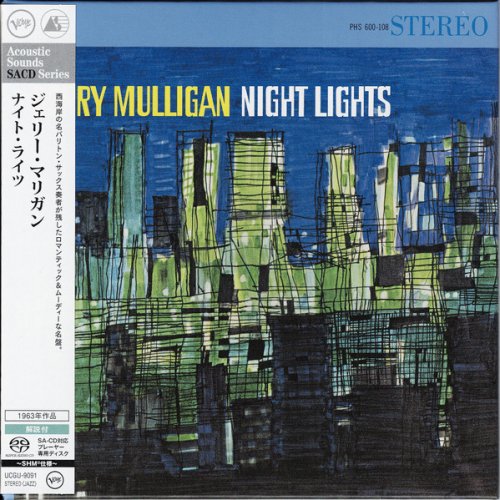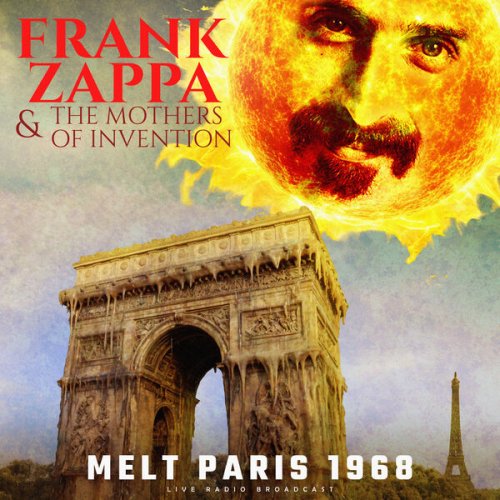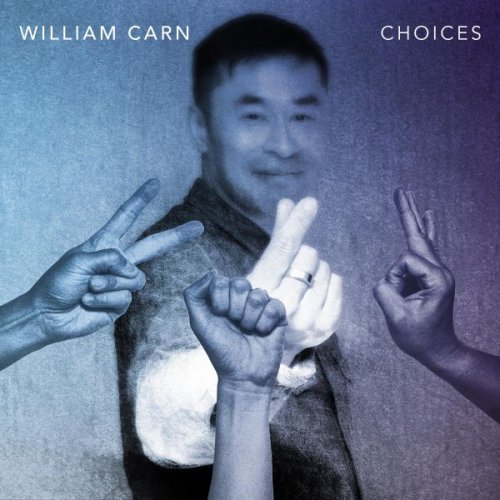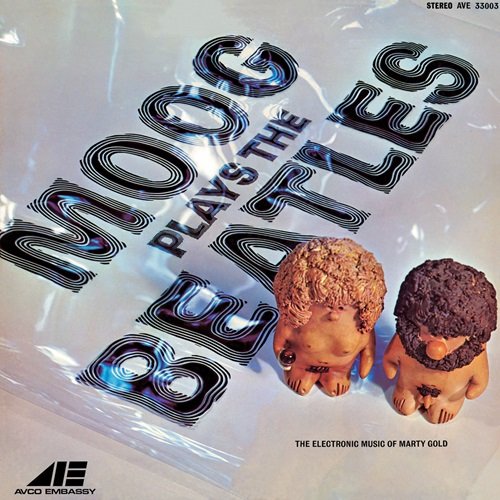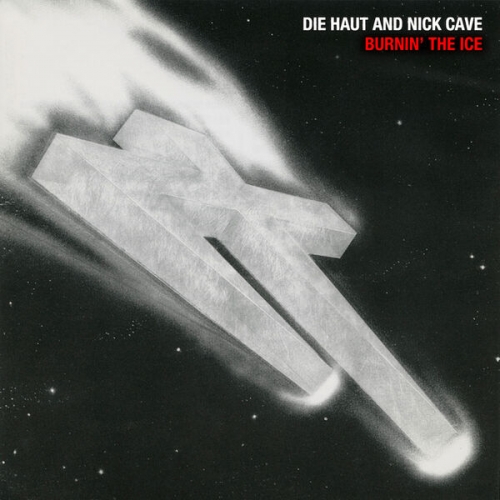Howie Lee - At The Drolma Wesel-Ling Monastery (2024) Hi Res
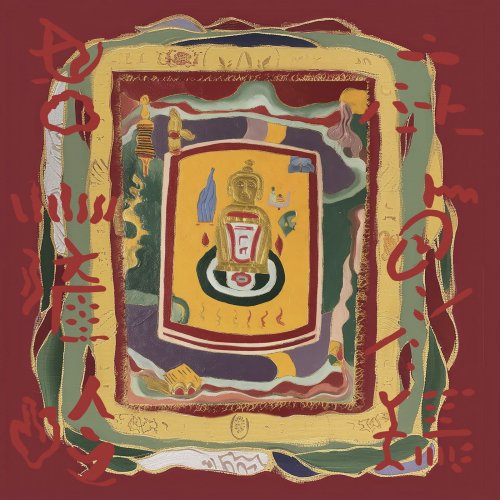
Artist: Howie Lee
Title: At The Drolma Wesel-Ling Monastery
Year Of Release: 2024
Label: Mais Um
Genre: Electronic
Quality: 320 kbps | FLAC (tracks) | 24Bit/48 kHz FLAC
Total Time: 00:31:37
Total Size: 73 mb | 187 mb | 368 mb
WebSite: Album Preview
Tracklist:Title: At The Drolma Wesel-Ling Monastery
Year Of Release: 2024
Label: Mais Um
Genre: Electronic
Quality: 320 kbps | FLAC (tracks) | 24Bit/48 kHz FLAC
Total Time: 00:31:37
Total Size: 73 mb | 187 mb | 368 mb
WebSite: Album Preview
01. Howie Lee - Mantra of Guru Rinpoche 莲师心咒
02. Howie Lee - Mantra of Buddha Akshobhya 不动佛心咒
03. Howie Lee - Mantra of Manjushri 文殊菩萨心咒
04. Howie Lee - Mantra of Vajra Armour 防瘟疫咒
05. Howie Lee - Mantra of Buddha Amitayus 长寿佛心咒
06. Howie Lee - The Seven Line Prayer to Guru Rinpoche 莲师七句祈请文
07. Howie Lee - Hundred-Syllable Mantra of Vajrasattva 百字明
08. Howie Lee - Om Mani Padme Hum 六字真言
Beijing-based artist/producer Howie Lee interprets Tibetan Vajrayana Buddhist chants with pulsing footwork/bass futurism.
Recorded over two weeks at Drolma Wesel-Ling Monastery in the mountains of north-eastern Tibet, Beijing-based multi-disciplinary artist/producer, Howie Lee combines Tibetan Vajrayana Buddhist singing with mutating bass/footwork science, glitched-out hyper-rhythms and sampled Chinese-Tibetan instrumentation for his latest album on Mais Um.
Invited to contribute and interpret chant recordings from the sound archive of monastery founder and master, Tuga Rinpoche’s self-built recording studio, Howie Lee connects parallels in electronic music, deep meditation and devotional chanting to present eight reconstructed, IDM-warped Vajrayana mantras, journaling the beginnings of his journey into buddhism, and to continue Lee’s career-long threading of ancient, cross-generational practice, modern Chinese history and experimental club-futurism.
Situated three hours south of Yushu city in Southern Qinghai Province and bordering north-eastern Tibet’s Karub District, located 4,400m high amongst great rocky hilltops, Drolma Wesel-Ling Monastery sits between indigenous fir trees, a national highway and vast green expanse. The Beijing producer, née Li Huadi, described first arriving at the monastery as a ‘buddhist outsider’, understanding its texts and philosophy in principle, yet feeling distant from its practice. “I realised I wasn’t touching the core. Working with these great masters, it forces you to think deeper and see the world from a different perspective. I learnt to become fearless.” Newly founded in 1988 by Tuga Rinpoche, a local doctor from a high family of ‘Rinpoche’ (meaning ‘precious master’, a living or reincarnated buddha), the monastery teaches meditation and monastic studies to a total of 300 nuns and 100 monks in the Nyingma tradition of Tibetan Buddhism (the oldest of the four main schools), but it was the practice of daily collective chanting and the abdominal resonance (known as the "Lion's Roar”) of the voices in unison that transformed Lee’s outlook on deep listening and religious prayer.
“Mantras are like common songs, sung to represent all the different buddhas. Their function is mind training, the repetitions of short syllables to bring this feeling of experiencing buddha in everything you see. The monks and nuns practise these mantras for years and years. They represent the past, present and future, and you can really feel the music of it. That vibration, that low hum and bass is very powerful.”
First visiting Drolma Wesel-Ling in July 2022, Lee arrived in Tibet off the back of the release of his “dystopic and hopeful” Birdy Island album (2021), burnt out from touring, and on the verge of quitting DJ’ing. Whilst Birdy Island’s lush, wild and acoustic OST metafiction guided Lee down a more improvisation-led sound design path - culminating in the release of his latest EP ‘Walking on Thin Ice 如履薄冰’ with drummer Liu Pi (Bie Records, 2023) - Lee’s first visit to Drolma Wesel-Ling was tailed by some of the high impact, club-centring sounds that he was playing to crowds with, and that he came up releasing via his influential, Do Hits label and Shanghai’s SVBKVLT, as well as remixes for artists including SOPHIE and Charlie XCX.
“Throughout the pandemic, I was DJ’ing a lot. People wanted that, they wanted to have fun. I got quite lost. When I was asked to go to Tibet, it was like a lightbulb moment for me. For me, DJ’ing or performing is like serving the people. As a dancer you project your body movements but as a DJ you project an understanding of how the dancer’s feeling. You have to read the crowd. There is typical buddhism music, bells, gongs etc but the music isn’t new. I wanted to harness the energy of club music and chanting to bring a sense of power to people.”
Recorded over two weeks at Drolma Wesel-Ling Monastery in the mountains of north-eastern Tibet, Beijing-based multi-disciplinary artist/producer, Howie Lee combines Tibetan Vajrayana Buddhist singing with mutating bass/footwork science, glitched-out hyper-rhythms and sampled Chinese-Tibetan instrumentation for his latest album on Mais Um.
Invited to contribute and interpret chant recordings from the sound archive of monastery founder and master, Tuga Rinpoche’s self-built recording studio, Howie Lee connects parallels in electronic music, deep meditation and devotional chanting to present eight reconstructed, IDM-warped Vajrayana mantras, journaling the beginnings of his journey into buddhism, and to continue Lee’s career-long threading of ancient, cross-generational practice, modern Chinese history and experimental club-futurism.
Situated three hours south of Yushu city in Southern Qinghai Province and bordering north-eastern Tibet’s Karub District, located 4,400m high amongst great rocky hilltops, Drolma Wesel-Ling Monastery sits between indigenous fir trees, a national highway and vast green expanse. The Beijing producer, née Li Huadi, described first arriving at the monastery as a ‘buddhist outsider’, understanding its texts and philosophy in principle, yet feeling distant from its practice. “I realised I wasn’t touching the core. Working with these great masters, it forces you to think deeper and see the world from a different perspective. I learnt to become fearless.” Newly founded in 1988 by Tuga Rinpoche, a local doctor from a high family of ‘Rinpoche’ (meaning ‘precious master’, a living or reincarnated buddha), the monastery teaches meditation and monastic studies to a total of 300 nuns and 100 monks in the Nyingma tradition of Tibetan Buddhism (the oldest of the four main schools), but it was the practice of daily collective chanting and the abdominal resonance (known as the "Lion's Roar”) of the voices in unison that transformed Lee’s outlook on deep listening and religious prayer.
“Mantras are like common songs, sung to represent all the different buddhas. Their function is mind training, the repetitions of short syllables to bring this feeling of experiencing buddha in everything you see. The monks and nuns practise these mantras for years and years. They represent the past, present and future, and you can really feel the music of it. That vibration, that low hum and bass is very powerful.”
First visiting Drolma Wesel-Ling in July 2022, Lee arrived in Tibet off the back of the release of his “dystopic and hopeful” Birdy Island album (2021), burnt out from touring, and on the verge of quitting DJ’ing. Whilst Birdy Island’s lush, wild and acoustic OST metafiction guided Lee down a more improvisation-led sound design path - culminating in the release of his latest EP ‘Walking on Thin Ice 如履薄冰’ with drummer Liu Pi (Bie Records, 2023) - Lee’s first visit to Drolma Wesel-Ling was tailed by some of the high impact, club-centring sounds that he was playing to crowds with, and that he came up releasing via his influential, Do Hits label and Shanghai’s SVBKVLT, as well as remixes for artists including SOPHIE and Charlie XCX.
“Throughout the pandemic, I was DJ’ing a lot. People wanted that, they wanted to have fun. I got quite lost. When I was asked to go to Tibet, it was like a lightbulb moment for me. For me, DJ’ing or performing is like serving the people. As a dancer you project your body movements but as a DJ you project an understanding of how the dancer’s feeling. You have to read the crowd. There is typical buddhism music, bells, gongs etc but the music isn’t new. I wanted to harness the energy of club music and chanting to bring a sense of power to people.”


